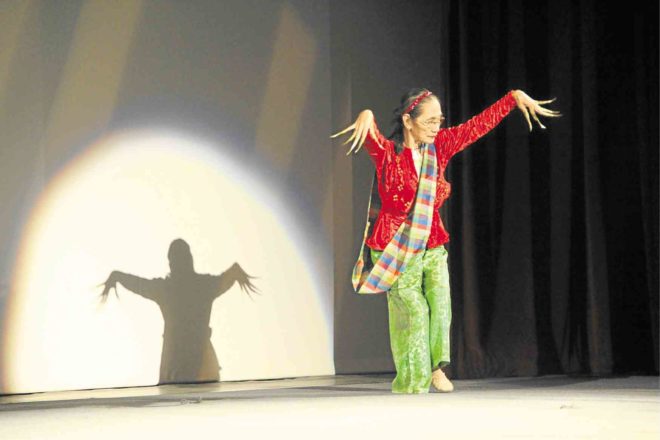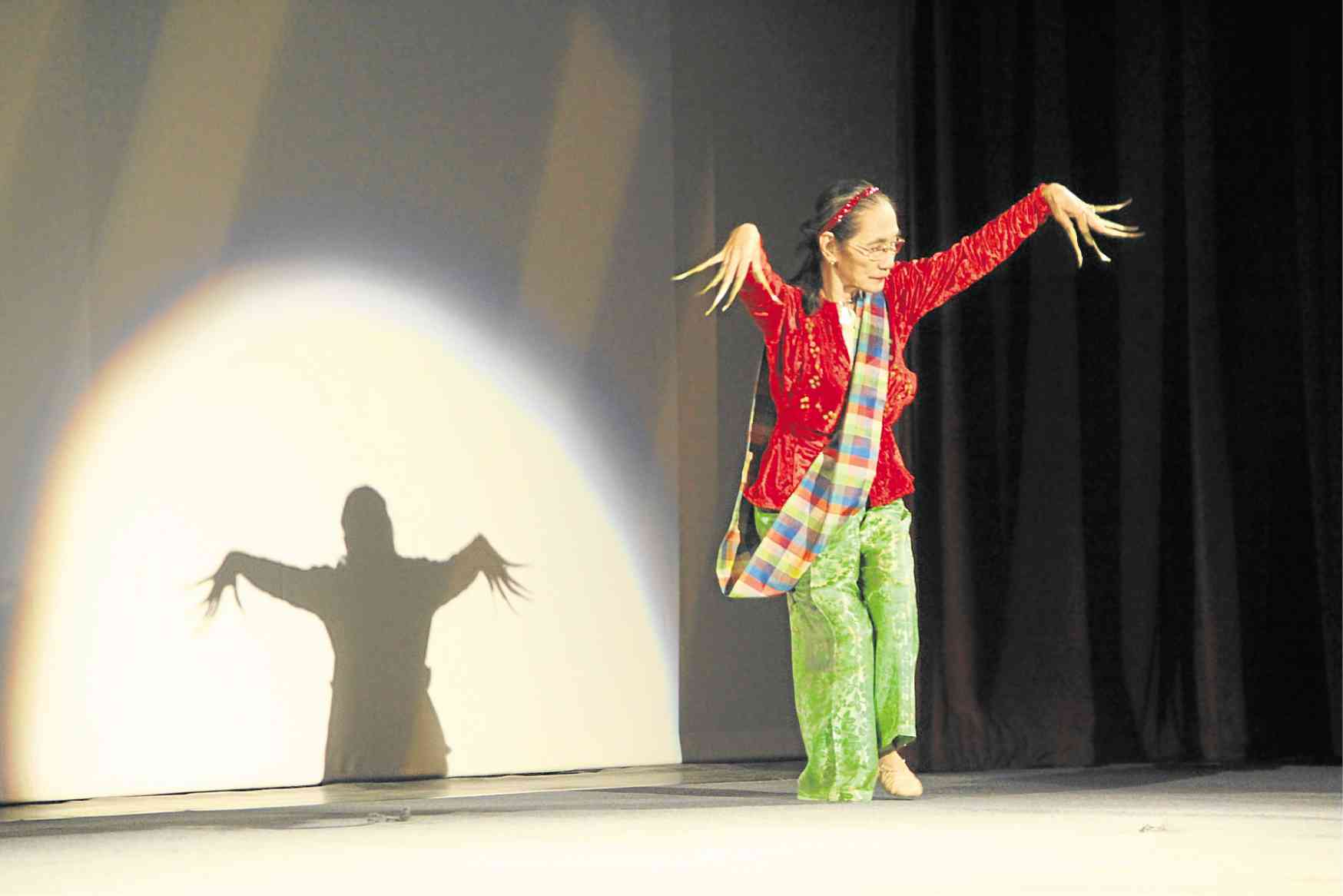
Nearly 60 years ago, the Philippines pioneered in cultural diplomacy when a relatively greenhorn dance troupe from the Philippine Women’s University (PWU) performed at the 1958 Brussels World Fair.
The Bayanihan was to make known to the world the existence of a vibrant and diverse culture from a newly emergent country of 7,000 islands in Asia-Pacific, a tabula rasa even for the Europeans.
In 1957, the PWU’s Bayanihan Folk Arts Center was organized “to conduct and coordinate research on Filipino culture; to collect and preserve indigenous art forms and encourage their use in present day living; to provide instruction for those interested in Filipino dances and music, and to give presentations and performances at home and abroad which would stimulate and enhance the appreciation and understanding or Philippine arts and culture.”
The determination of this fledgling dance troupe was to make good President Ramon Magsaysay’s pledge of his country’s participation in the Brussels World Fair, though the PWU had to seek sponsors, tap its own funds, as well as the skills and energy of its young student dancers to attend it.
Little would one have thought then, that the Philippine Bayanihan Dance Troupe would blaze a trail and put the Philippines on the global cultural map.
Dance, alongside music, has always been one of the Filipinos’ fortes, as the Spanish friars and other foreigners were quick to note. Yet both music and dance are ephemeral and, unless faithfully recorded and transmitted through a more permanent form, would rapidly be lost to posterity.
In the ’30s, Francisca Reyes-Aquino initiated research and codified many of the dances now considered classics in the Philippine dance repertoire.
Choreographer Lucrecia Reyes-Urtula, composers Lucrecia “King” Kasilag, Aurora Dino and Jose Maceda also traversed mountain and sea to learn directly from native practitioners of this art.
Isabelo de los Reyes’ pioneering efforts in Philippine folklore in the 19th century thus found further expression in this by now 20th century scientific effort to get at the roots of our culture. Researchers would find out what made us unique and what connected us to our neighbors or to foreign influences.
In doing so, they strengthened knowledge of our indigenous traditions, which soon covered other areas such as musical instruments, textiles, ornamentation and other crafts.
A grateful nation bestowed the title of the Philippine National Folk Dance Company on the Bayanihan through Congress’ Republic Act 8626 on April 15, 1998, recognizing the Bayanihan’s consistent record and the many awards and honors reaped through the years.
To mark its 60th anniversary, the Bayanihan has organized a traveling exhibit, “Kasuutan,” now at the Shangri-La Plaza East Wing. It also plans on a grand celebration in October this year.
Marrying a datu
Quite independently of the grand tradition set by such groups as the Bayanihan, Ligaya Fernando-Amilbangsa, 2015 Ramon Magsaysay awardee, was to forge a path of her own in a life story that is worthy of a fairy tale.
Daughter of a conservative Catholic family whose father was once a mayor of Marikina City, Ligaya Fernando chose the road less traveled when, having taken a conventional college course at Far Eastern University, she chose to marry a college mate, Datu Punjungan Amilbangsa, and settled in farthest Sulu.
While raising a family and making a considerable leap to an unfamiliar culture (though also Filipino), “in the midst of the region’s secessionist and insurgent conflicts, she turned her love for the arts into a vocation as cultural researcher, educator, artist and advocate of the indigenous arts of Southern Philippines, particularly the Sulu archipelago.” (citation, Ramon Magsaysay awards, 2015)
Her distinct contribution has been initially 15 years of “the study, conservation, practice and promotion of the dance style called pangalay (“gift offering” or “temple of dance” in Sanskrit), a pre-Islamic dance tradition among the Samal, Badjao, Jama Mapun and Tausug people of the provinces of Sulu and Tawi-tawi.”
This connects us to the mainland dance traditions of Cambodia and Thailand, with the primary source of India, as well as with Bali in Indonesia.
She would literally study the dances by the light of the moon and recreate their movements, positions, expressions and transitions through shadows cast on her wall by the flickering light of candles or gas lamps.
On May 22, 1917, at the University of the Philippines Phi Kappa Phi (Honor Society) Induction ceremony, she said: “Electricity was light years away. Why should I mind? After dark, the mellow glow of a full moon is always something to behold anywhere. Moonlight magically transformed everything in sight; even the dowdiest eyesores looked ethereal.”
She would expand her solitary research into sharing, first with students from the Mindanao State University, then with a wider public in Metro Manila and throughout the country, in lectures, performances and articles on the pangalay and visual arts of the Sulu archipelago.
Her books have documented other aspects such as dance costumes and ornamentation, dance properties and musical instrumentation. She now runs a school in Marikina City which teaches the art and dance of pangalay.
At a time when Marawi is being destroyed by war, Fernando-Amilbangsa’s example of patient work, bridging cultural gaps, conservation and dedication to heritage and creativity is worthy of emulation.
Sources: “Pangalay, Traditional Dances and Related Folk Artistic Expressions,” by Ligaya Fernando-Amilbangsa (Filipinas Foundation, 1963)
Citation, Ramon Magsaysay Award, 2015 Statement of Ms. LF Amilbangsa, UP Phi Kappa Phi Induction Ceremony, UP Film Center, May 22, 2017
“Bayanihan, A Memory of Six Continents,” by Isabel A. Santos (Anvil, Manila, 2004) Carmen Tiglao for photographs of “Bayanihan Kasuutan” costumes















































